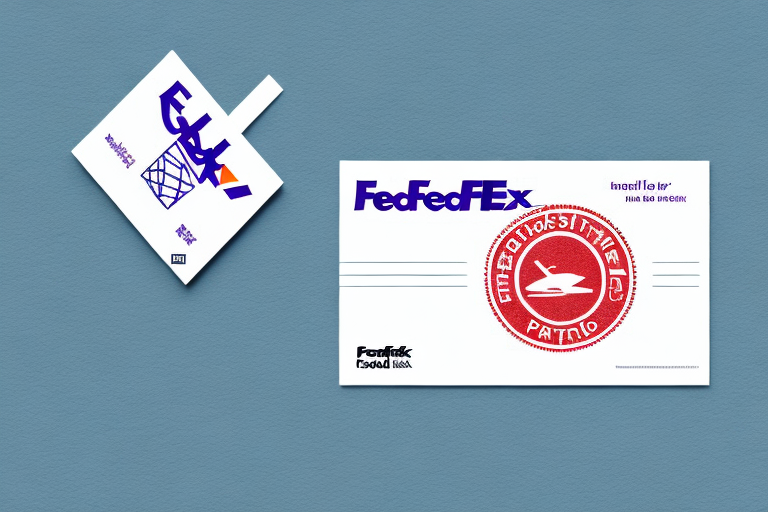Does USPS First Class Mail Offer Insurance?
When shipping a package through USPS First Class Mail, understanding the insurance options available is crucial for ensuring the safe delivery of your items. This guide provides an in-depth analysis of USPS First Class Mail insurance, including how it works, how to purchase it, and how to file a claim if necessary.
Understanding USPS First Class Mail
Features of USPS First Class Mail
USPS First Class Mail is a cost-effective shipping option designed for letters, postcards, and lightweight packages weighing up to 13 ounces. It is widely used for both personal and small business needs due to its affordability and reliability.
Delivery Times and Reliability
Typically, USPS First Class Mail delivers within 1-3 business days for domestic shipments. While it is a reliable service, delivery times can vary based on factors such as destination, weather conditions, and holidays. Unlike Priority Mail, First Class does not guarantee delivery times but remains a trusted option for sending lightweight items.
Importance of Shipping Insurance
Benefits of Insuring Packages
Shipping insurance provides financial protection against the loss or damage of your packages during transit. For valuable or fragile items, insurance offers peace of mind, ensuring that you are reimbursed for the declared value if something goes wrong.
Types of Shipping Insurance Coverage
There are various types of shipping insurance available:
- Declared Value Coverage: Covers the monetary value of the item being shipped.
- Full Value Protection: Offers reimbursement for the entire value of the item, including shipping costs, in case of loss or damage.
- Limited Coverage: Provides partial reimbursement based on specific conditions.
Understanding these options helps in selecting the appropriate coverage for your shipping needs.
How to Purchase Insurance for USPS First Class Mail
Steps to Add Insurance
Purchasing insurance for USPS First Class Mail is a straightforward process:
- Visit the USPS website or your local post office.
- Choose USPS First Class Mail as your shipping option.
- Select the insurance option and declare the value of your package.
- Pay the additional fee based on the declared value.
Insurance Coverage Limits
USPS First Class Mail offers insurance coverage up to $500 for domestic shipments and up to $200 for international shipments. If your package exceeds these limits, consider using Priority Mail or purchasing additional insurance from a third-party provider.
Filing Claims for Lost or Damaged Packages
Claim Process Overview
If your package is lost or arrives damaged, you can file a claim with USPS. The claim process involves submitting a request online or at a USPS location, providing necessary documentation to support your claim.
Required Documentation
To successfully file a claim, you will need:
- Proof of the item's value (e.g., receipt or invoice).
- Evidence of the shipment (e.g., tracking number).
- Photos of the damaged package (if applicable).
Ensure you file your claim within 60 days for domestic shipments and within 6 months for international shipments to avoid denial.
Tips for Ensuring Your Package is Insured and Protected
Proper Packaging Techniques
Proper packaging is essential to protect your items during transit:
- Use sturdy boxes or envelopes suitable for the item's size and weight.
- Wrap items in bubble wrap or packing paper to prevent movement and damage.
- Seal the package securely with strong packing tape.
Using Tracking Numbers
Always use a tracking number when shipping valuable items. Tracking allows you to monitor your package's journey and provides proof of delivery, which can be beneficial if you need to file a claim.
Comparing Shipping Insurance Options
USPS vs. Other Carriers
When choosing shipping insurance, it's important to compare the options offered by different carriers:
Coverage Limits
USPS First Class Mail provides up to $500 for domestic and $200 for international shipments. In contrast, carriers like FedEx and UPS may offer higher coverage limits depending on the service chosen.
Cost Comparison
The cost of insurance varies between carriers and is typically based on the declared value of the package. USPS generally offers competitive rates, but it's advisable to compare prices to ensure you're getting the best deal.
For more detailed comparisons, refer to official carrier websites:
Pros and Cons of Using USPS First Class Mail for Shipping and Insurance
Advantages
- Affordability: USPS First Class Mail is a cost-effective option for sending lightweight items.
- Reliability: It is a trusted service with reasonable delivery times.
- Insurance Availability: Offers optional insurance for added protection.
Disadvantages
- Limited Insurance Coverage: Maximum coverage is lower compared to other carriers.
- No Guaranteed Delivery Times: Delivery times can vary and are not guaranteed.
- Additional Fees: Insurance costs extra, which may increase the overall shipping cost.
In conclusion, USPS First Class Mail offers a viable shipping and insurance option for those sending lightweight and non-valuable items. However, for higher-value packages or when guaranteed delivery times are essential, exploring other carriers and insurance options may be more beneficial.
Additional Resources
For more information on USPS insurance policies and claims, visit the official USPS website.






















